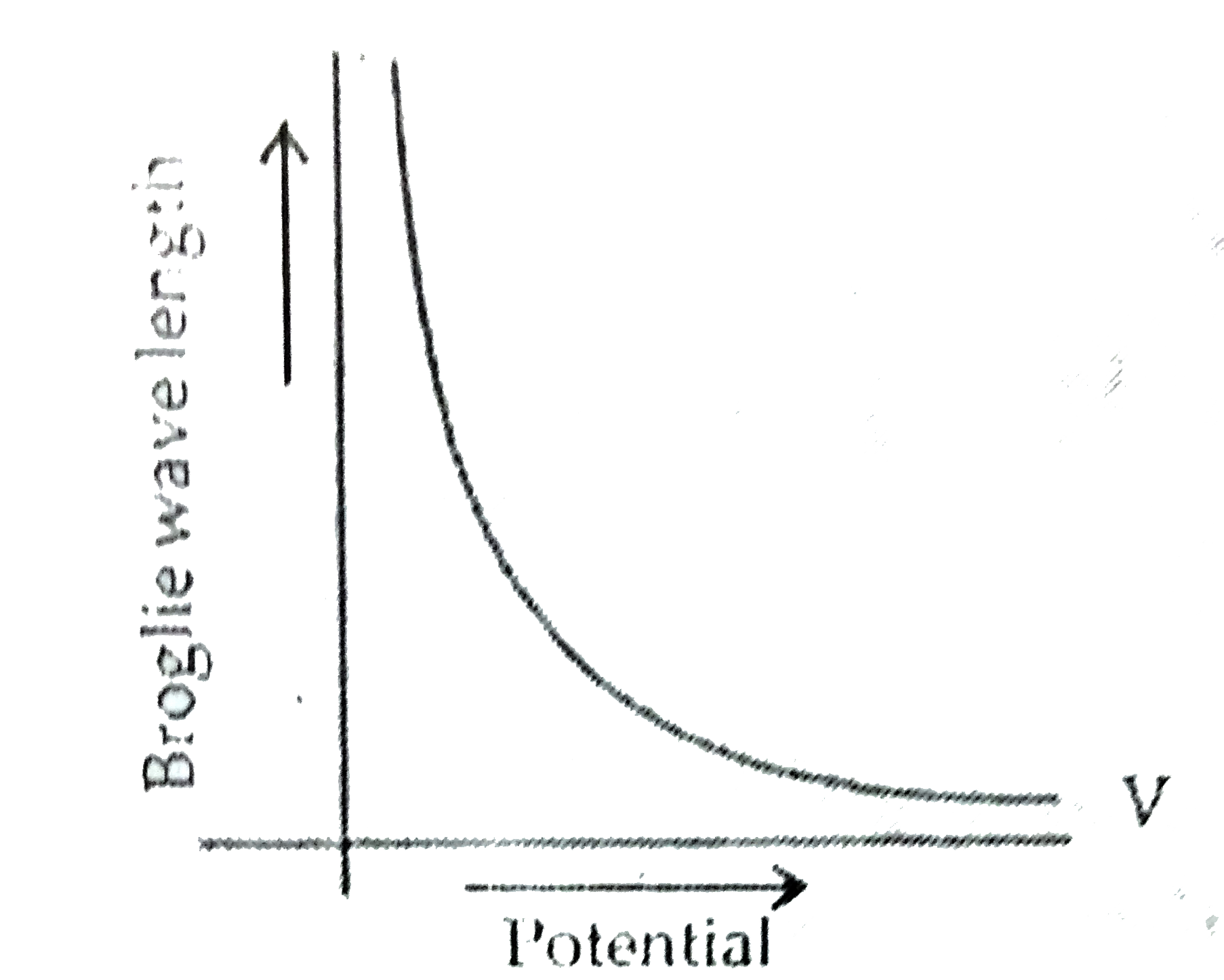Show graphically, the variation of the de-Broglie wavelength λ with the potential V through which an electron is accelerated from rest.
Video Solution
Text Solution
|
Topper's Solved these Questions
- XII BOARDSBook:XII BOARD PREVIOUS YEAR PAPER ENGLISHChapter:XII BOARDSExercise:SET-II, DELHI BOARD
Explore 4 Videos
- XII BOARDSBook:XII BOARD PREVIOUS YEAR PAPER ENGLISHChapter:XII BOARDSExercise:SET-III, DELHI BOARD
Explore 4 Videos
- XII BOARDSBook:XII BOARD PREVIOUS YEAR PAPER ENGLISHChapter:XII BOARDSExercise:SET -III
Explore 4 Videos
- SAMPLE PAPER 2019Book:XII BOARD PREVIOUS YEAR PAPER ENGLISHChapter:SAMPLE PAPER 2019Exercise:SECTION D
Explore 6 Videos
Similar Questions
Knowledge Check
The de Broglie wavelength λ of an electron accelerated through a potential V in volts is
A1.227√VnmB0.1227√VnmC0.01227√VnmD12.27√VnmThe de-Broglie wavelength of an electron in the first Bohr orbit is
Aequal to one- fourth the circumference of the first orbitBequal to half the circumference of first orbitCequal to twice the circumference of first orbit.Dequal to the circumference of the first orbit.
If the de-Broglie wavelength of a proton is 10−13 m, the electric potentia through which it must have been accelerated is
View SolutionWhat is the de-Broglie wavelength associated with an electron moving with an electron, accelerated through a potential difference of 100 volt?
View SolutionThe de Broglie wavelength of an electron is 1A∘. In what potential difference electron accelerates
View SolutionThe de-Broglie wavelength λnof the electron in the nth orbit of hydrogen atom is
View SolutionFind the ratio of de Broglie wavelength of a proton and as α-particle which have been accelerated through same potential difference.
View SolutionWhat is the ratio of the de Broglie wavelength for electrons accelerated through 50 volts and 200 volts?
View Solution


